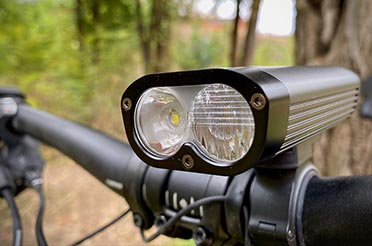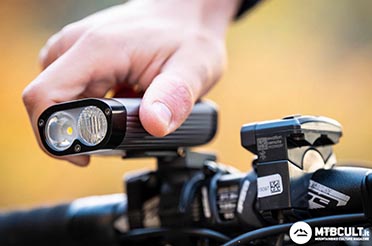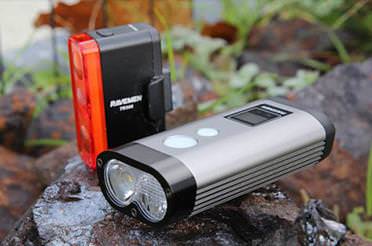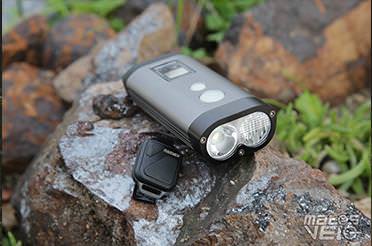
2015-12-27 15:33:34
RAVEMEN Bike Lights are tested and mesured by ANSI Standard
UNDERSTANDING THE ANSI FL1 STANDARD
Buying a new flashlight, headlamp, bicycle light, or spotlight can be a confusing task to most consumers because of a lack of industry standards. In order to help alleviate confusion from consumers, the ANSI/NEMA FL1 standard, which spells out specific testing & reporting methods for portable lighting products that emit directional light, has been created. Thus consumer can compare different lights when evaluating different products on the same basic.
Listed below are the set of icons that confirms the product has been tested to the ANSI FL1 standard along with a description of each specification. These icons could be found in Ravemen lighting products' packages too.
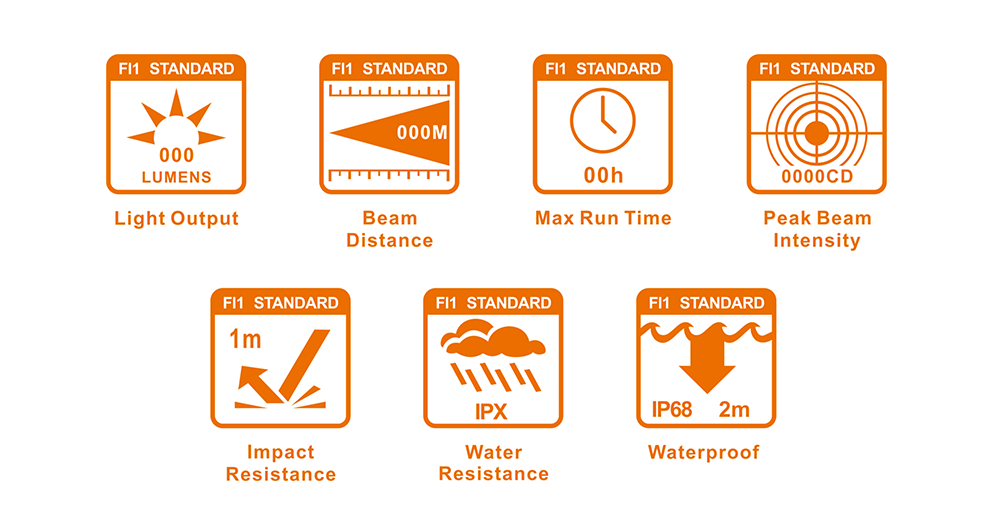
Light output – A measurement of the total quantity of emitted overall light energy as measured by integrating the entire angular output of the portable light source. The result is reported in lumen.
Beam distance – The distance, measured in meters, at which the light projects a useful amount of light, measured at 0.25 lux. (0.25 lux is approximately the equivalent of light emitted from a full moon “on a clear night in an open field.”)
Run time – Tested with fresh batteries from 30 seconds after the light is turned on until the light output reaches 10% of the initial measurement. This is the total time of useable light before most consumers will change batteries.
Peak beam intensity – The brightest point in the beam measured in candela. Candela is the modern unit of measure for light intensity replacing the now-obsolete unit known as candlepower.
Impact resistance – The height, measured in meters, from which the light can be dropped onto cured concrete and still work properly. This testing is completed by dropping the product (6) times using drop orientations that approximate each side of a cube. Dropped samples cannot have any visible cracks or breaks and must remain fully functional. The product must meet a minimum of (1) meter to receive this rating.
Water resistance – This icon indicates an IPX4 rating which means the sample is tested against water sprayed from all angles. If this test is performed, it must be done after impact resistance testing is completed to ensure water resistance under real-life conditions.
Waterproof – Water submersion depth rating, measured in meters. This icon indicates at least an IPX7 rating which means the sample is submerged to a minimum of 1 meter depth for 30 minutes. If this test is performed, it must be done after impact resistance testing is completed to ensure water tightness under real-life conditions.
For more info, please visit http://plato-usa.org/
.png)
